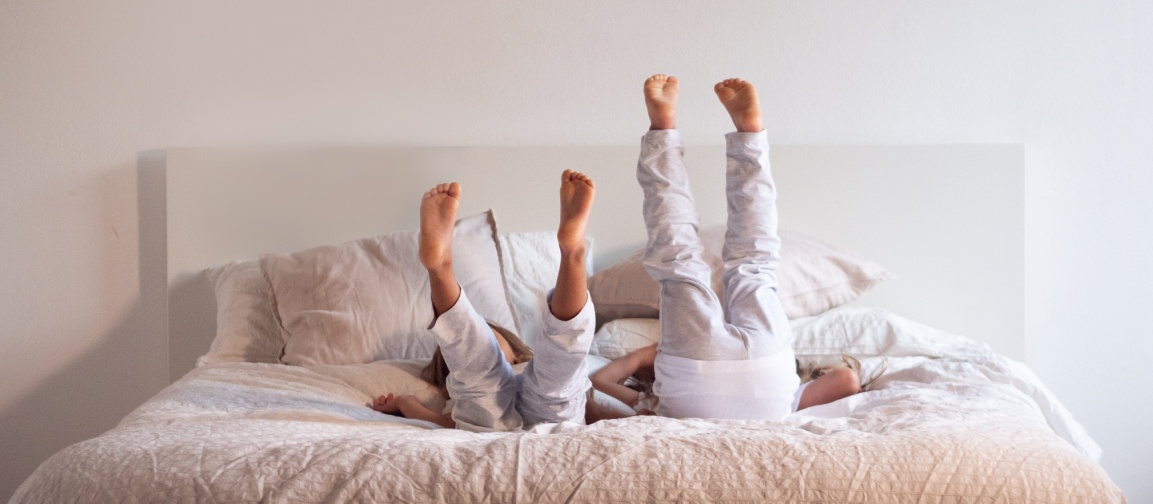The Different Types of Bedwetting
7 MIN READ

Understanding Bedwetting Types: Primary vs. Secondary; Nocturnal vs. Diurnal Enuresis
| Primary Enuresis | Secondary Enuresis |
|---|---|
Also called primary bedwetting, primary enuresis is the most common type among children. This type of enuresis is defined by your child wetting their bed or clothes within the first 6 months of potty training. In other words, your kid never fully toilet trained and the bedwetting is a continuation of that. Over 75 percent of children affected by bedwetting have primary enuresis, and it is more common in boys than in girls. This type of bedwetting happens because the sleeping brain isn’t yet able to recognize the messages sent by the full bladder, thus the child doesn’t wake up to use the bathroom. Primary enuresis isn’t considered a problem until around the age of 5 – until then, it may simply be that a kid’s potty training isn’t quite done. If your child experiences this type of bedwetting, they’ll more than likely grow out of it in time (AKA, this is the kind of bedwetting almost every child experiences once or twice in their life). |
| Nocturnal Enuresis | Diurnal Enuresis |
|---|---|
The most prevalent form of bedwetting, nocturnal enuresis (or nighttime bedwetting) happens when a child has accidents in the middle of the night due to a physiological, development or medical reason (or sometimes it’s just an accident). Nocturnal enuresis affects 5 to 7 million children in the U.S. and is more common in boys than girls. |
